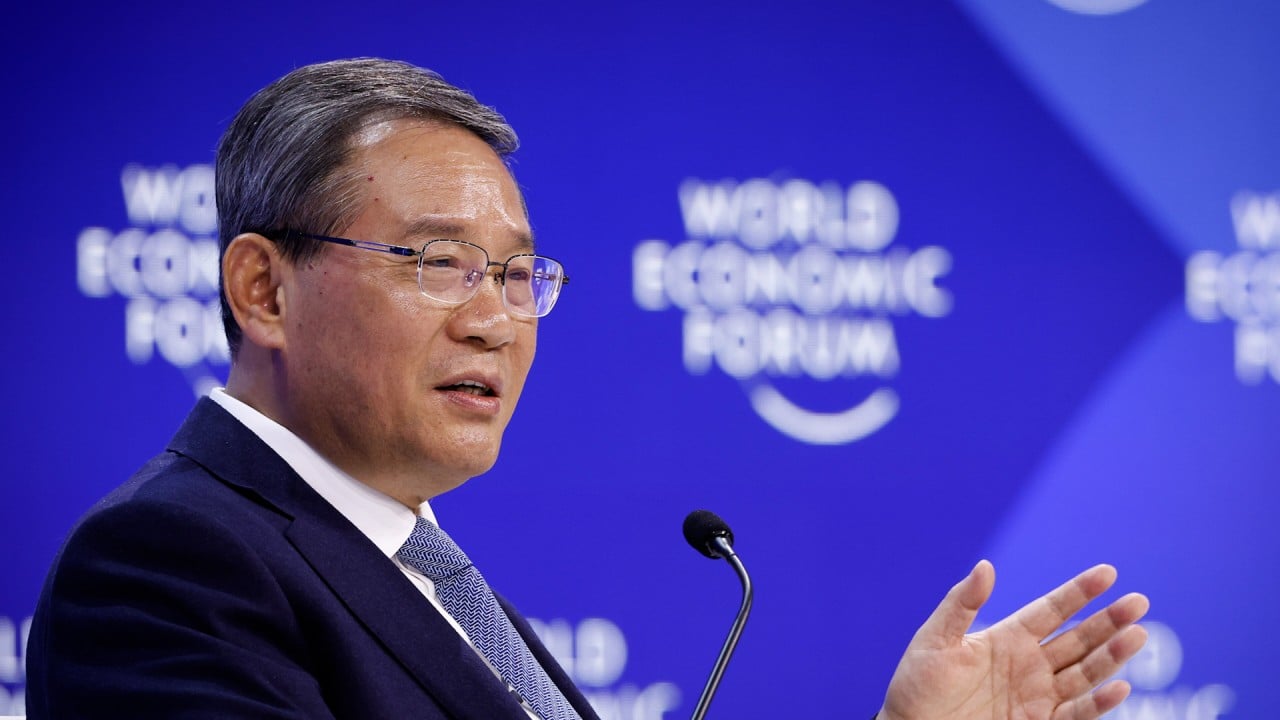Expectations that a US interest rate cut will be delayed to later this year – or perhaps even to 2025 – continue to heap depreciation pressure on emerging-market currencies, including China’s yuan.
And the large interest-rate differential between Western countries and China is making it difficult for the People’s Bank of China (PBOC) to keep the yuan aligned with their targets while being mindful of greater capital-outflow risks, according to Carl Tannenbaum, who was the US Federal Reserve’s risk manager during the global financial crisis.
Now the chief economist at financial services firm Northern Trust, Tannenbaum said the earliest US rate cut could take place in September, but inflation remains a decisive factor, and there must first be sustained evidence showing a drop in prices for the central bank to ease up on interest.
“I worry a little bit about the long-term impact of inflation from some of these changes we’re seeing globally on supply chains and the increase in geopolitical tension,” he said. “The level of globalisation is clearly lower than it was 15 years ago.”
A report by the US-based International Monetary Fund in April warned that while overall inflation pressure had eased from its highs, volatility in oil prices, service inflation, and trade restrictions on Chinese exports could also push up goods inflation.
Unlike in many parts of the world, inflation rates in China have been low, and there have been expectations from investors that the PBOC may cut interest rates to boost weak credit demand.
“Spending in the economy is going to be slow, and if the economy’s going be slow, you’re going have low levels of inflation and interest rates. And breaking that cycle – once people start to expect that it will continue – it’s hard to do,” Tannenbaum said.
In particular, prolonged low inflation and a low-interest-rate environment would be very problematic for pension systems and insurance companies, he added.
China’s producer price index – which measures the cost of goods at the factory gate – declined for the 19th straight month in April, with a year-on-year drop of 2.5 per cent, after a fall of 2.8 per cent in March.
China’s consumer price index (CPI), a key gauge of inflation, grew in April by 0.3 per cent, year on year, after an increase of 0.1 per cent in March.
US demand, on the other hand, has been buoyed by large public expenditure plans, including the US$1 trillion infrastructure bill and the US$430 billion US Inflation Reduction Act initiated by the administration of President Joe Biden.
The Inflation Reduction Act contains various tax credits and other subsidies to incentivise companies to deploy more clean-energy projects, while the infrastructure bill directs US federal funds into highways and transit programmes.
The US budget deficit as a percentage of its gross domestic product has been estimated to be around 5.5 per cent this year, compared with 3 per cent in Europe.
China, meanwhile, has been reluctant to significantly increase its fiscal spending this year, thus far relying mainly on exports for growth.
Tannenbaum suggested that a large government spending package and a restructuring of national debt would help China tackle its economic problems that have shown similarities to Japan’s in the 1990s.
“China has been very effective in stimulating the supply side of their economy. This may end up being counterproductive, because it would continue to invite accusations, true or not, that they’re selling below cost,” Tannenbaum said.
Tannenbaum added that it is also imperative for China to invest more in artificial intelligence to help boost productivity as its population is set to age faster than expected, which is expected to shrink its labour force.
“For China, the race to be a leader in AI is not just an industrial policy. It’s also a recognition that, inside of China, they need the efficiencies that are going to come from those computing techniques.”
Credit: Source link




